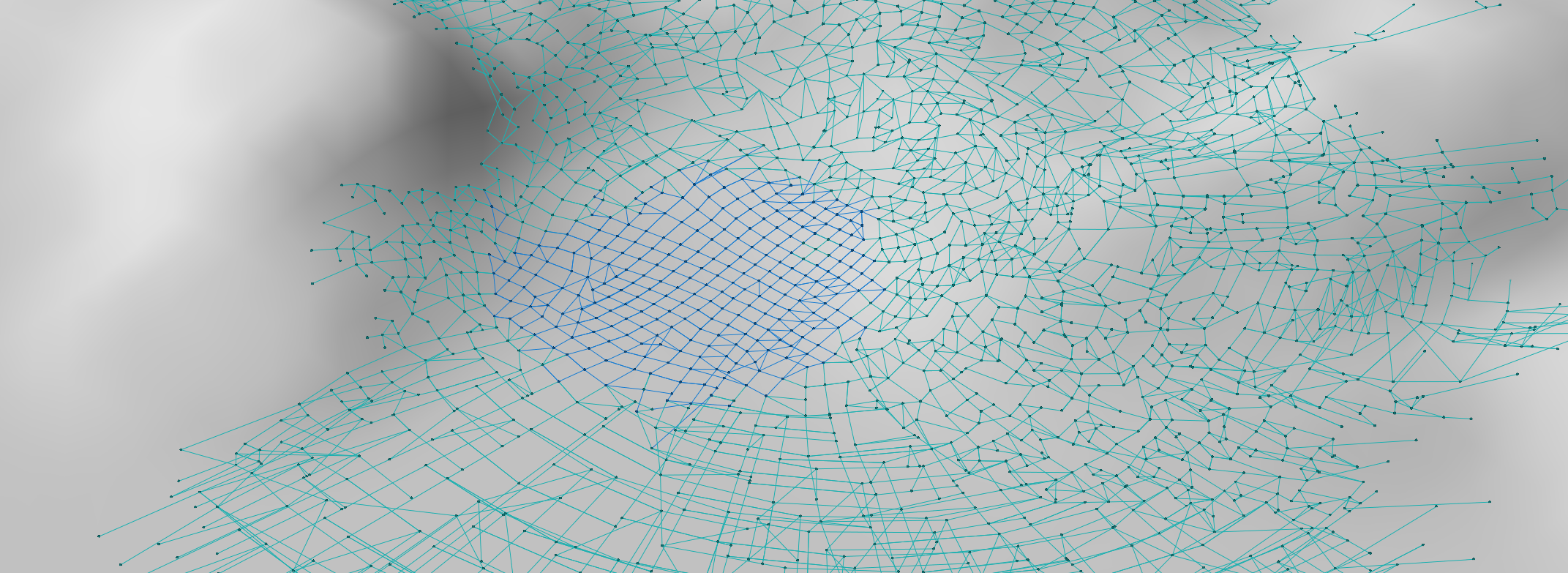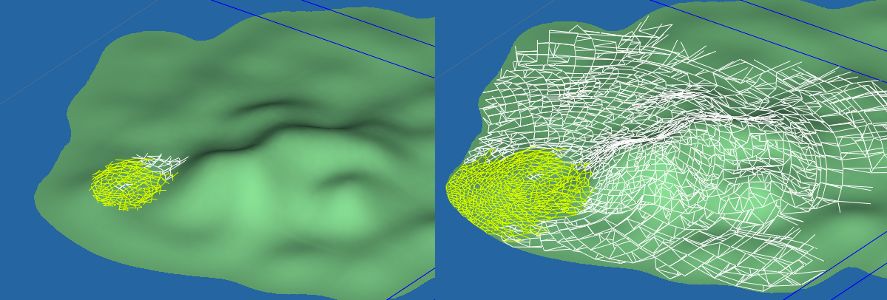
Gradovi is a city generator project I worked on while finishing my studies at the Belgrade University. It generates city streets using many of the methods described in Parish and Müler’s Procedural Modeling of Cities paper. The core of the algorithm is built around L-systems, which are used to iteratively “grow” the city.
Two types of street growth rules are implemented – radial and rectangular. These are based on the most typical types of city topologies occurring today. The rectangular rule is representative of polycentric cities, while the radial rule resembles monocentric ones.

The generator is parameterized with 10+ values controlling various aspects of the growth, some of which are shown below.



Source code is available on GitHub.